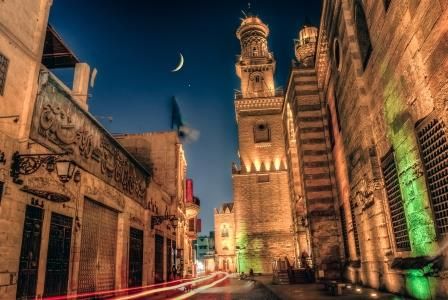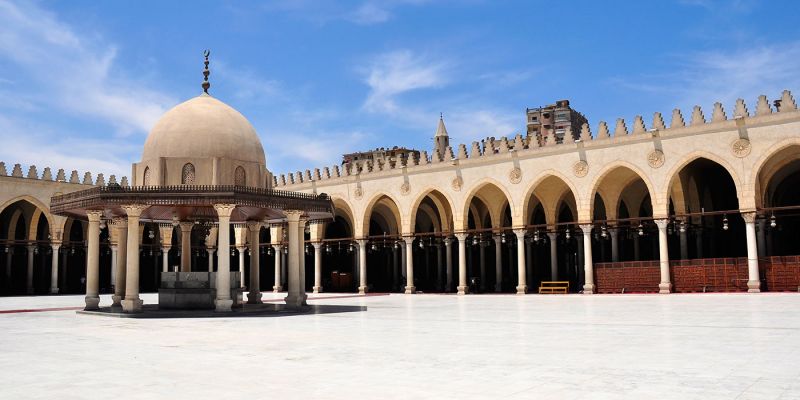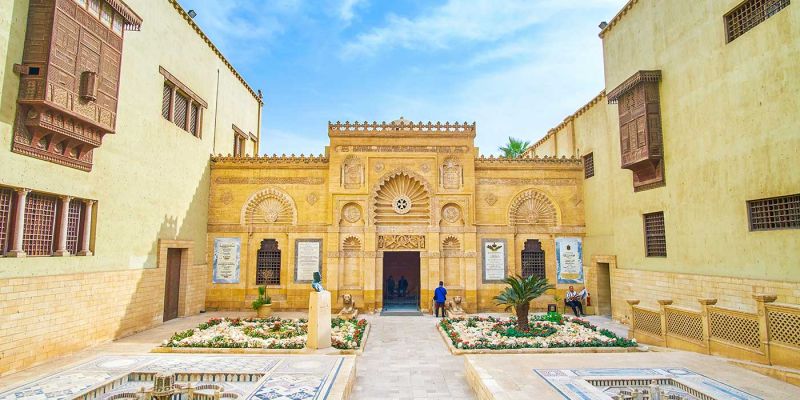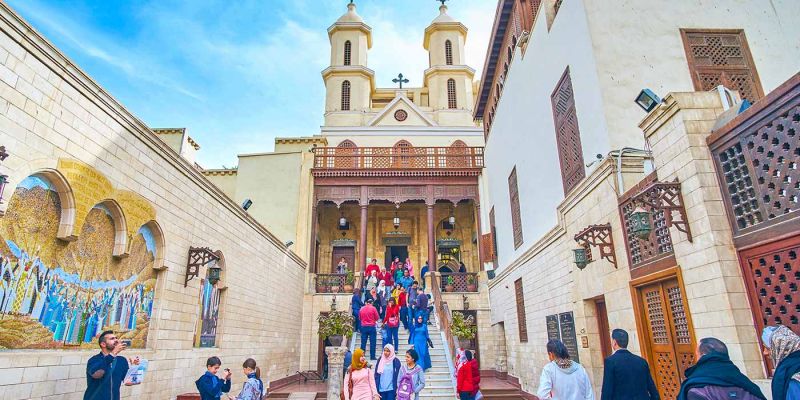Old Cairo and Coptic Cairo
The district of Old Cairo ( Masr al-Qadima in Arabic ) is Located in the south part of the city, on the right bank of the Nile opposite to the Island of Roda. Know More!
How old is Cairo? | The History of Old Cairo:
Settlement of the area around Cairo did not start near the current city center. The original seed of what has become the modern city now sits on the southern edges of the city, known as Old Cairo. Over two thousand years ago this was the beginning of an ancient canal between the Nile River and the Red Sea and it was at this strategic location that the first settlements in the area grew up.
The course of the river has changed, now lying several hundred meters to the west, but this location is still marked by several significant historic sites, many of which date back to the Greco-Roman period when Egypt became a Christian nation. Archeological evidence suggests that settlement on this site began before the 6th century BCE.
Around 525 BCE a fortress called Babylon was constructed here at the mouth of the canal, which marked the boundary between Upper and Lower Egypt. Later the Romans built a much larger fortress on the same site, which now serves as the foundation upon which many of the sites present there today were built.

The meters thick walls of the Roman fort, striped with red and white brick, are still visible today as you exit the Mar Girgis metro stop or walk down Mar Girgis Street into Coptic Cairo. It was this fort that the invading Muslim army of Amr Ibn Al-Aas besieged in the first battle of the Muslim conquest of Egypt.
Today Old Cairo is full of sites dating from Egypt’s Christian past and the dawn of Islam’s presence in Egypt. Two of the earliest sites from Islamic Egypt are here - Amr Ibn Al-Aas Mosque, the first mosque built on the African continent, and the Nilometer that was constructed on Rhoda Island soon after the Muslim conquest of Egypt.

Coptic Cairo:
Coptic Cairo is a unique area with Old Cairo that has a concentration of Christian churches and other sites that date from the centuries between the decline of the pharaonic religion and the arrival of Islam when Egypt had a Christian majority. Coptic Cairo is largely built around the fort of Babylon on upon the remains of its walls.
The Coptic Museum is here, which holds the largest collection of Coptic Christian artwork and artifacts in the world. Founded in 1910, the museum records Coptic history from the arrival of Christianity in Egypt up through the Ottoman era, displaying a mixture of artwork influenced by Egyptian, Greek, Roman, Byzantine, and Ottoman traditions.

There are also six churches here that date back to the early Christian era. The Hanging Church, or the Church of the Virgin Mary, was built in the 9th century to ‘hang’ high upon the walls of Babylon. The effect of this ‘hanging’ is now diminished significantly as ground levels have risen around the walls.

Deeper into Coptic Cairo there are several other older churches, including the Church of St. Sergius, which dates from the 5th century and was supposedly built upon the site of a crypt where the Holy Family (Jesus, Mary, and Joseph) to shelter during their time in Egypt. Even further back is Ben Ezra Synagogue. This is the oldest synagogue in Cairo, founded in the 9th century on what is claimed to be either the site of the Temple of Jeremiah or the site where the pharaoh’s daughter found Moses among the reeds.

